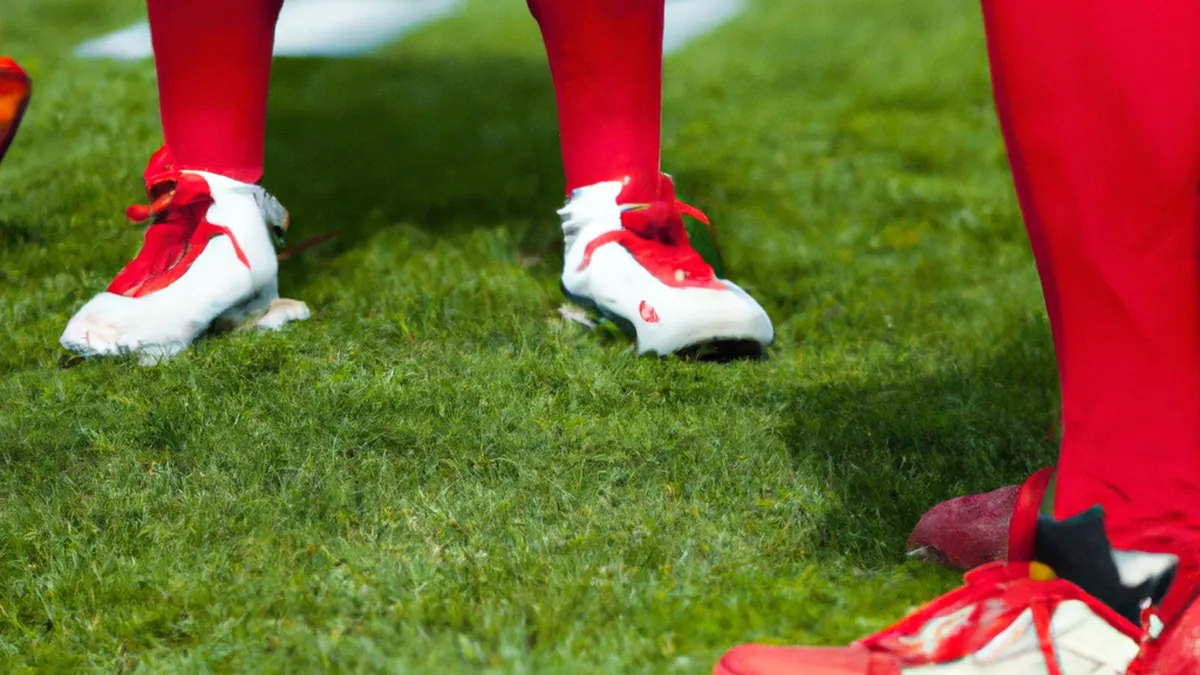Protect Your Joints: Essential Tips
Female Athlete Injury Risk AwarenessFemale athletes encounter unique challenges related to sports injuries. Understanding their specific risks is vital for prevention and recovery. Awareness of these risks has increased recently, but many still overlook them. This blog post explores injury risk awareness, offers actionable tips, and highlights the benefits of preventive measures.
Understanding Injury Risks
Physiological differences lead to various injuries in female athletes. These differences include muscle mass, bone structure, and hormonal fluctuations. Studies indicate women are more prone to knee injuries, especially ACL tears. Research shows women are up to eight times more likely to suffer ACL injuries than men. This disparity often results from biomechanics differences, such as a wider pelvis affecting knee alignment during activities.Female athletes also face a higher risk of stress fractures, particularly in high-impact sports like running and gymnastics. Repetitive stress on bones causes these injuries and inadequate nutrition or improper footwear can worsen them. Hormonal factors, particularly those related to the menstrual cycle, significantly influence injury susceptibility. Hormonal fluctuations affect ligament laxity and muscle strength, impacting athletic performance and injury risk.
Tips for Injury Prevention
As an Amazon Associate I earn from qualifying purchases.
Gear tip: consider gps running watch, compact home gym set, and running shoes to support this topic.
1. Strength Training
Strength training serves as a cornerstone for injury prevention. Building muscle around vulnerable joints, especially the knees and ankles, stabilizes these areas and reduces injury risk. Female athletes should focus on exercises that strengthen the legs, hips, and core. Incorporate squats, lunges, deadlifts, and plyometric exercises like box jumps into your routine. Aim for at least two strength training sessions each week, and consider working with a certified trainer for proper form.
2. Proper Warm-Up and Cool Down
A proper warm-up prepares the body for physical activity by increasing blood flow and improving flexibility. Spend 10 to 15 minutes warming up before practice or games. Use dynamic stretches, like leg swings, arm circles, and high knees, to activate muscles and joints.Cooling down after exercise is essential for recovery. A cool-down session helps the body transition back to rest and reduces muscle soreness and stiffness. Incorporate static stretching post-workout, targeting major muscle groups used during your activity, to enhance flexibility and promote recovery.
3. Stay Hydrated
Hydration remains crucial for athletic performance and injury prevention. Dehydration can lead to muscle cramps, fatigue, and decreased coordination. Female athletes should drink water before, during, and after exercise, especially during intense training or on hot days. A good rule of thumb is to consume at least 16 to 20 ounces of water two hours before exercising and continue hydrating throughout and after workouts. Monitoring urine color helps assess hydration levels.
Conclusion
This post emphasizes the importance of injury risk awareness for female athletes. Implementing preventive measures can significantly reduce injury rates.
Below are related products based on this post:
FAQ
What unique challenges do female athletes face regarding sports injuries?
Female athletes encounter specific challenges related to their physiological differences, such as muscle mass, bone structure, and hormonal fluctuations. These factors increase their risk for certain injuries, particularly knee injuries like ACL tears, as well as stress fractures in high-impact sports.
How can strength training help prevent injuries in female athletes?
Strength training is essential for injury prevention as it builds muscle around vulnerable joints, particularly the knees and ankles. By focusing on exercises that strengthen the legs, hips, and core, female athletes can stabilize these areas and significantly reduce their risk of injury.
Why is hydration important for female athletes?
Hydration is critical for maintaining athletic performance and preventing injuries. Dehydration can lead to issues such as muscle cramps and decreased coordination, making it essential for female athletes to drink adequate water before, during, and after exercise, especially in challenging conditions.















Post Comment